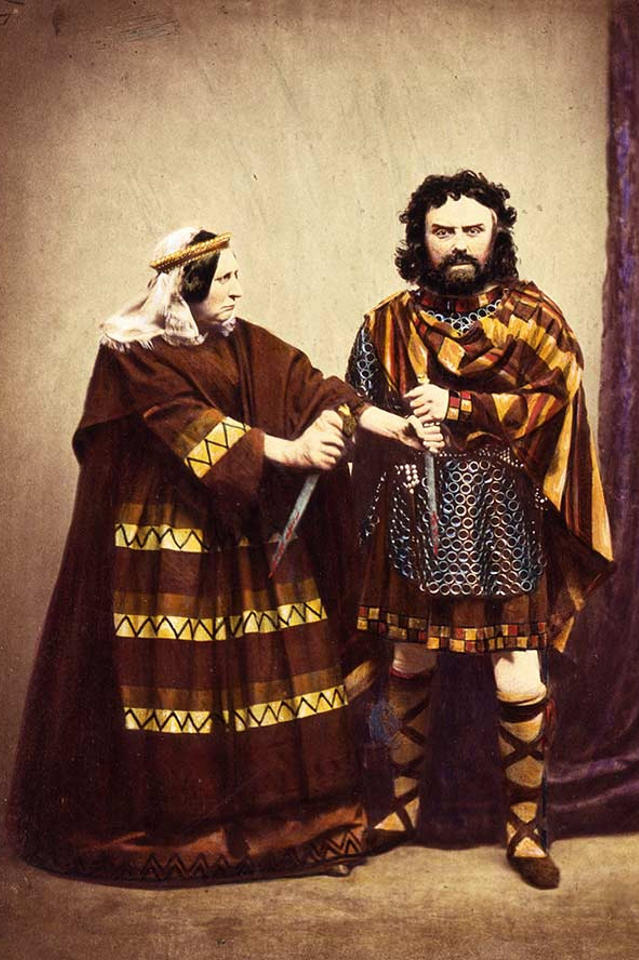Being a computer scientist and a Shakespeare geek is a little weird sometimes. For as long as I can remember, I’ve seen Shakespeare’s work – and, by extension, his universe – as a structured body of text to be manipulated however I am able. When you have the ability to code at your fingers, structured data is your playground. All you see is, “Plays have scenes, scenes have dialogue, dialogue has lines that are spoken by speakers…” and then you build it back up from there.

People usually go one of two routes with this knowledge. First, they run word analysis and try to come up with reasons why Shakespeare liked to use “dark” words earlier in his career or how often he used synonyms for love. Stuff like that.
Or, according to the new AI world where everything is “machine learning”, they “train” a model on how Shakespeare wrote, and then they generate fresh new content “in the style of Shakespeare.” I always hate these because “in the style of Shakespeare” can be said with fewer words as, “not Shakespeare.”
I’ve always looked at it differently. I see characters and how they relate to each other. In my dream world, where I’m a younger man with more time and energy to work on projects that have no monetary value but are infinitely fascinating to me, I want to read the text of a play in such a way that each character turns into a chatbot, and the user can do stuff like walk through Romeo and Juliet from different character perspectives, stopping to talk to each character. “Ask TYBALT why he hates ROMEO.” Stuff like that. I think that would be awesome. I’ve often thought of how far I could really take it. I’ve just never written it.
Of course, once you get into interacting with the story, you have to start creating new content. Shakespeare and “interactive fiction” is not new. The name Ryan North might be best known – he actually published a “choose your own adventure” version of Hamlet. But it’s a much smaller universe than either books or games. You basically get to work with people who were looking for you already. It’s a match made in heaven.
So I’m a bit giddy to have found the interactive Twine game. We Are Not All Alone Unhappy sitting in an article about newly published SF inspired by Shakespeare. This one’s a little different. It’s not a book. It’s a small game where you pick two Shakespeare characters (from a pre-chosen list of nine) and see if they get a “happy ending.” Who decides that? Well, the author does – Cat Manning. And the math geeks may jump right to the numbers and realize there are only 72 possible combinations to run through. But each of those combinations is a spin on “what happens when you put these two characters in a room”, so that’s 72 pages of original Shakespeare-related content, and that’s what we’re here for.
There is a game and a goal. Each character has empty hearts next to their name. Find them a happy ending. You fill a heart. The goal is to fill all the hearts. There are 28 hearts and 72 combinations, so you won’t play for too long before stumbling across the good matches. Nobody said it’s a difficult game. But those of us who have personal relationships with Shakespeare’s characters will have that much more fun saying, “Oh, I wonder what would happen if I put Mercutio and Kate in a room together?”
I’m also finding that I disagree with some of the results 🙂 and wish they were longer. Some are real dead ends. Some are a little softcore, so reader beware. But if you’re always on the lookout for interesting and slightly geeky new ways to play with Shakespeare content, it’s definitely worth playing with.
https://borrowers-ojs-azsu.tdl.org/borrowers/article/view/342/607
